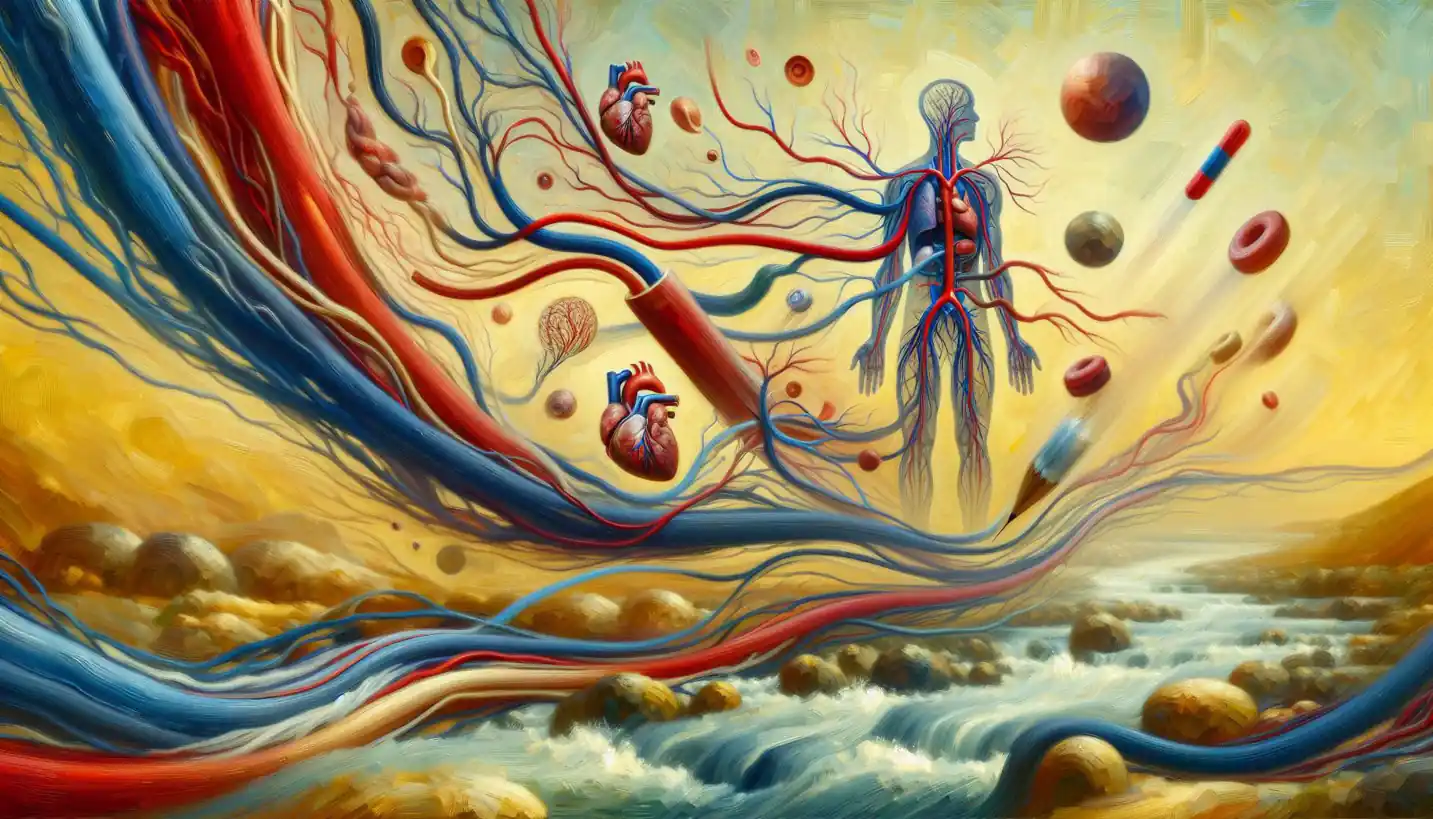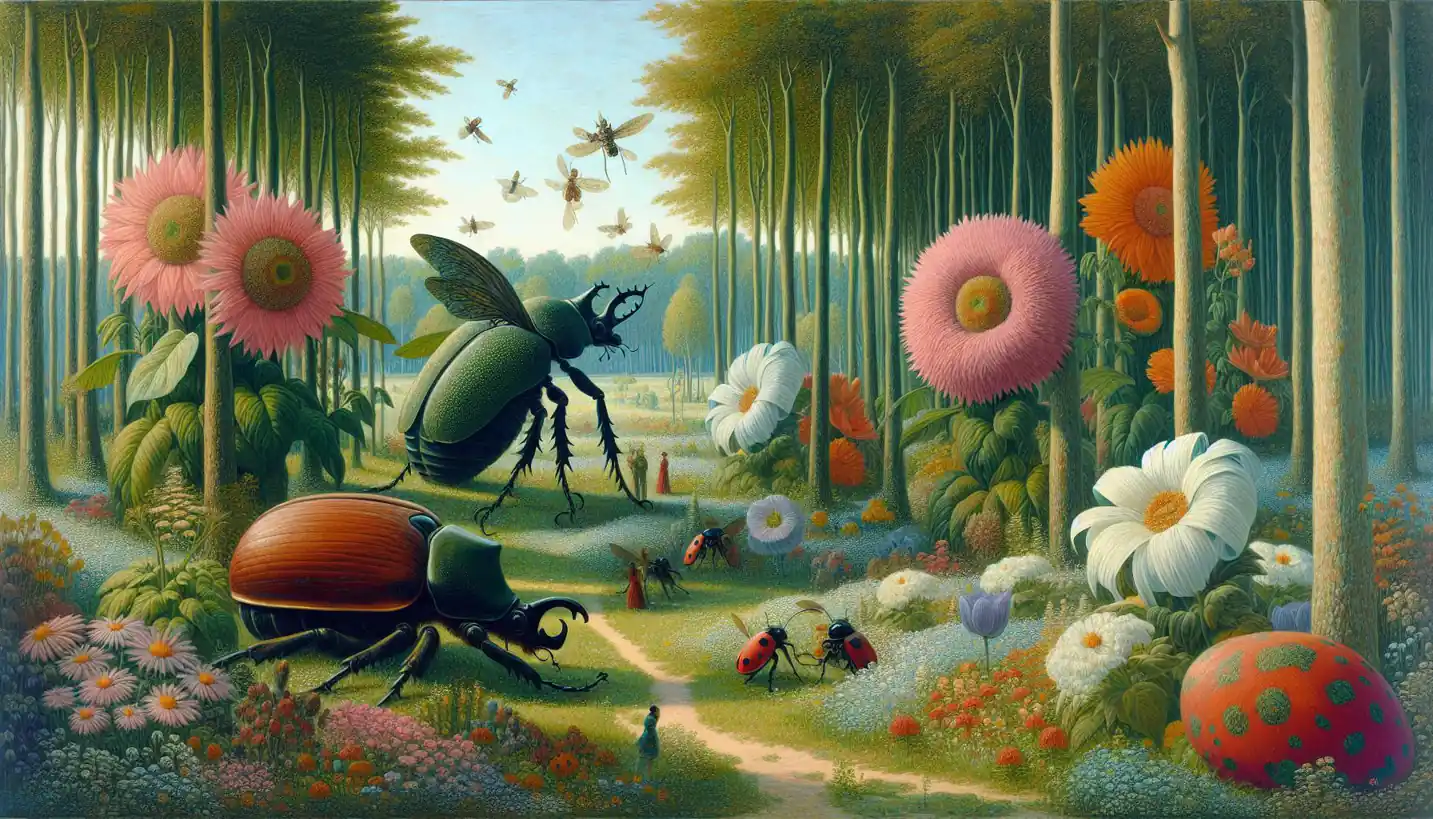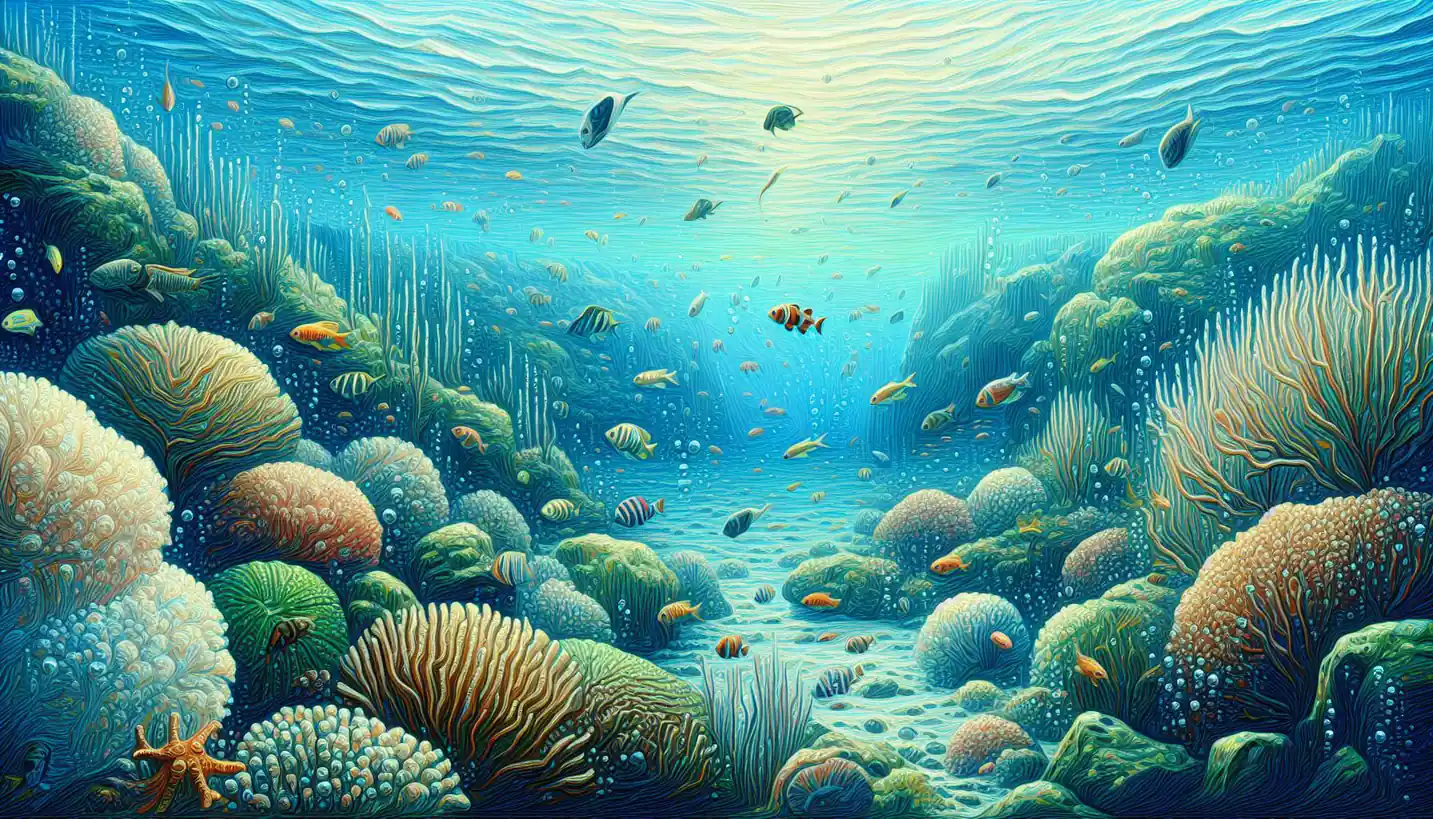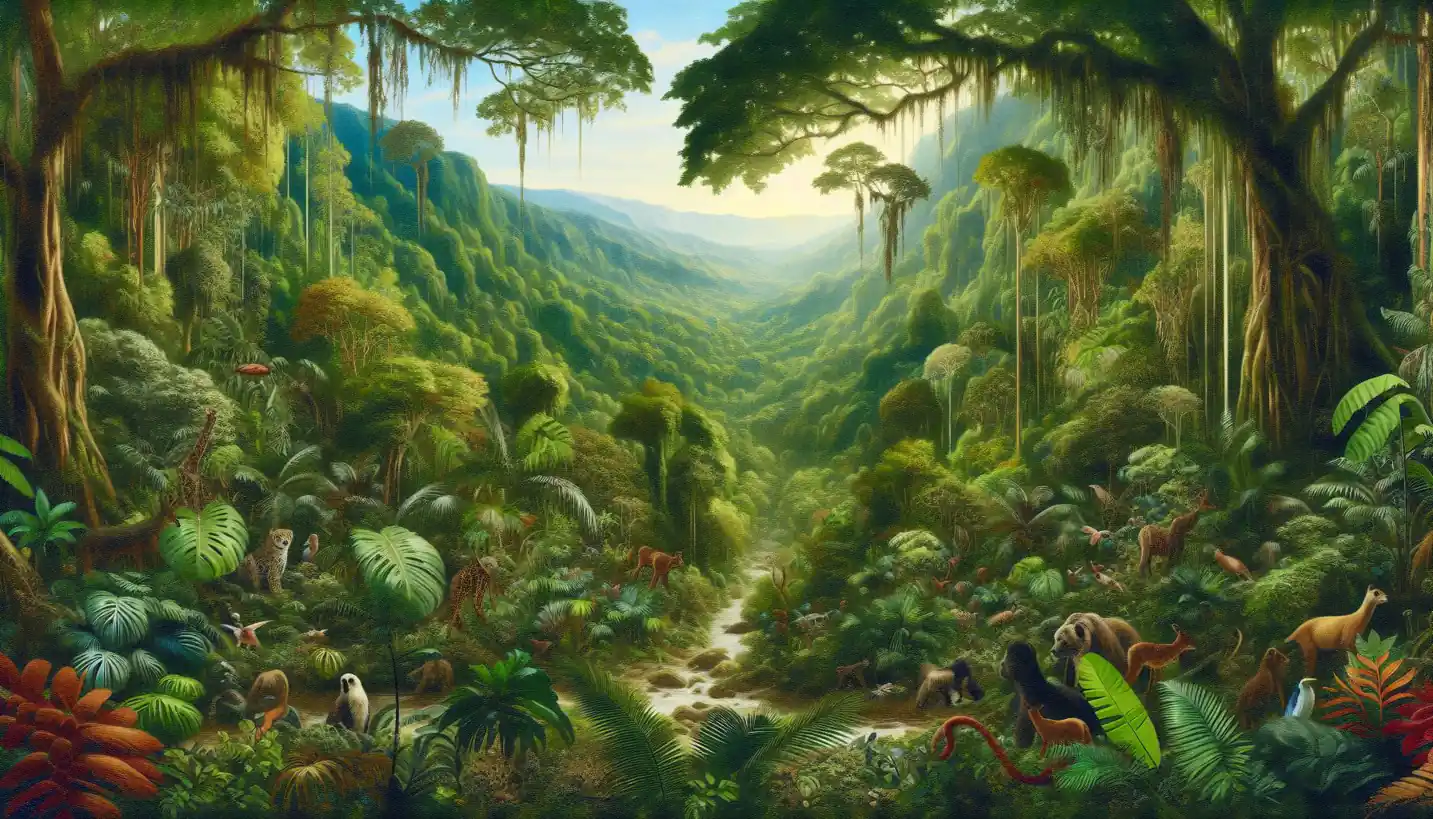· Biology · 4 min read
Invasive Species: Exploring Their Impact on Ecology and Biology
Invasive species are surprising disruptors in ecosystems, often outcompeting local wildlife. Unravel how these new arrivals impact nature's delicate balance.

You may have seen them in your garden, maybe in a nearby park, or even on a nature documentary—species of animals or plants that seem a bit out of place. These are known as invasive species, and they have a fascinating tale to tell in the world of ecology and biology. But what makes them so special, and why should we care?
What Are Invasive Species?
Let’s dive into this: imagine a plant or animal that finds itself in a new environment, far away from its natural home. Normally, they’d struggle because they aren’t adapted to this new place. However, some manage to not just survive, but thrive, spreading rapidly and overshadowing the local species. These are invasive species.
Unlike native species that are part of the natural balance, invasive species can throw ecosystems out of whack. They’re not just guests; they can become unruly roommates, taking resources, spreading diseases, and sometimes even harming human activities.
How Do They Spread?
Humans play a big role in moving species around, often unintentionally. A seed might cling to the sole of a shoe or a small animal could hitch a ride on a ship. There are many pathways, like trade, travel, and shipping, that help these species cross natural borders.
Take, for instance, the zebra mussel. Originally from Russia, these small freshwater mussels ended up in North American waters, likely by stowing away in ships’ ballast water. Since their arrival, they’ve clogged water pipes, disrupted local ecosystems, and caused millions in damages.
The Ecological Impact
So why are invasive species such a big deal in ecology? Well, they can alter the landscape in various ways. Imagine a peaceful meadow with a mix of flowers and grasses. Now, introduce an aggressive plant, like kudzu, that grows so fast and thick it smothers everything else. Native species can disappear, and that ripple effect can destabilize the whole ecosystem.
Invasive species can also lead to a loss of biodiversity. This means less variety of life, which weakens ecosystems, making them more susceptible to diseases and extreme weather.
Examples of Invasive Species in Biology
Some invasive species are notorious for their impact. The cane toad, introduced to Australia to control pests, ended up being a pest itself! Instead of going after the cane beetles as planned, cane toads have poisoned countless local predators unaccustomed to their toxins.
Another example is the Burmese python in the Florida Everglades. Originally pets, some were set free and found the warm wetlands quite to their liking. These giant snakes have drastically reduced mammal populations, creating a trickle-down effect that impacts everything from plants to predatory birds.
Can Invasive Species Be Beneficial?
It’s not always doom and gloom. In some cases, invasive species have had unexpected benefits. Certain insects have been used as biological control agents to manage other problem pests. However, such scenarios are exceptions, and the risks often outweigh the benefits.
Controlling and Managing Invasive Species
Handling invasive species isn’t easy. It’s like trying to unmix a smoothie. Prevention is critical and involves policies and practices to keep potentially invasive species out. For those already present, control measures like traps, poisons, or biological controls are often employed.
Eradication efforts can be expensive and complicated. It takes coordinated action from governments, scientists, and local communities to manage these species effectively.
How You Can Help
You might wonder if you can contribute to the fight against invasive species. You absolutely can! Simple steps like cleaning your boots before hiking in new areas, or choosing native plants for your garden, can make a big difference. Staying informed and spreading awareness is also crucial.
Why It Matters
Protecting ecosystems is vital not just for the plants and animals but for us humans too. Ecosystems provide services like clean water, air, and food resources. Invasive species can jeopardize these benefits.
Additionally, understanding invasive species enriches our understanding of ecology and biology, showcasing the dynamic interplay between species and their environments.
Future Research Directions
The study of invasive species is ever-evolving. Scientists are keenly interested in genetic approaches to control or eliminate invasive populations. The rapid mutation of these species provides fascinating insights into evolution and adaptation.
There’s also a push towards global cooperation. As climate change alters habitats, new species could potentially become invasive, escalating the need for research and preventive measures.
In conclusion, invasive species might start as accidental stowaways, but they can have colossal impacts. By appreciating their role in ecology and biology, we learn more about maintaining balance in our world. Whether it’s the zebra mussel or the Burmese python, each story adds a chapter to the ongoing saga of life on Earth.



